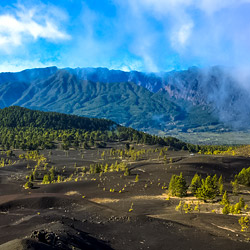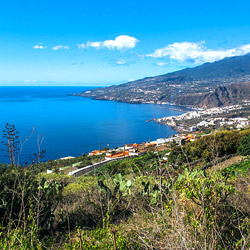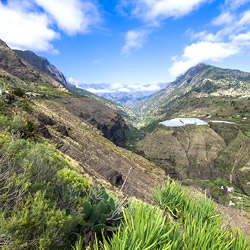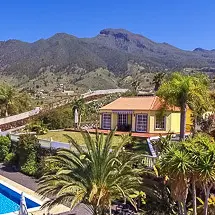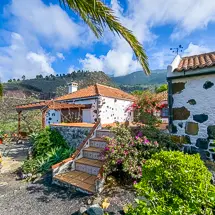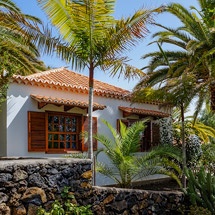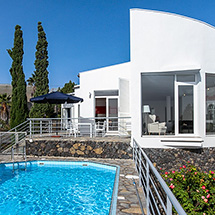La Palma is located between the 27th and 29th parallel about 450 km from the North African mainland in the Atlantic Ocean. Together with El Hierro, it is the westernmost island of the Canary Islands. Like the other Canary Islands it is of volcanic origin.
The Canary Islands, which belong to the so-called Macaronesian Islands, are located at the boundary of the ocean floor to the African continental plate, above a Hot Spot, a place through which hot rock from the interior of the earth reaches the surface. With its emergence from the sea about two million years ago, La Palma is the youngest Canary Island, but the 4,000-metre-high submarine island base formed in the previous 30 million years. The last volcanic eruption on La Palma (the Teneguía at the southern tip of La Palma) dates back to 1971. This volcanic eruption, as well as most of the earlier ones (a total of seven in the last 500 years), was accompanied by slowly flowing lava and no major explosions.
La Palma: pure volcanic activity
Except for the oldest and largest volcanic basin of La Palma, the Caldera de Taburiente in the north, more than 100 volcanic peaks rise on the island today. At Teneguía at the southern tip there is still a lot going on. The Caldera de Taburiente on La Palma">Caldera de Taburiente is nine kilometres wide in diameter and about 2,000 metres deep Caldera de Taburiente is not, as was long assumed, caused by a collapse, but by erosion. Probably it does not consist of the crater of a single volcano, but originates from different periods. La Palma grew further and further south and this is how the volcanoes of Cumbre Nueva and Cumbre Vieja originated. This central ridge usually (but not always!) keeps the clouds on the "bad weather side" of the island which is the east side, and bright sunshine on the west side.
The largest city of La Palma is Los Llanos de Aridane with more than 22,000 inhabitants. La Palma has more than 90.000 inhabitants, about 11.000 of them are foreigners, especially from Latin America.
The regions of La Palmas
La Palma can essentially be divided geographically into seven regions:
- the sunny southwest with the Aridane Valley and Los Llanos
- the wild northwest, with its almond and fruit trees
- the original north with deep swamps and steep slopes
- the damp northeast, often cloudy due to the trade wind
- the vibrant south-east, characterized by bustle and indigenous life
- the Volcanic south with the youngest volcanoes and the wine-growing areas
- and the National Park Caldera de Taburiente
The municipalities (municipios) La Palmas
The Canary Islands are an autonomous region of Spain consisting of two provinces. La Palma is part of the province of Santa Cruz de Tenerife, which also includes Gomera, El Hierro and of course Tenerife. With 708 square kilometres, La Palma is one of the smaller Canary Islands. The islands government (Cabildo insular) is located in the capital Santa Cruz de La Palma (18.000 inhabitants).
La Palma is divided into 14 "Municipalities" or administrative districts ...







